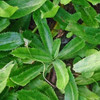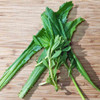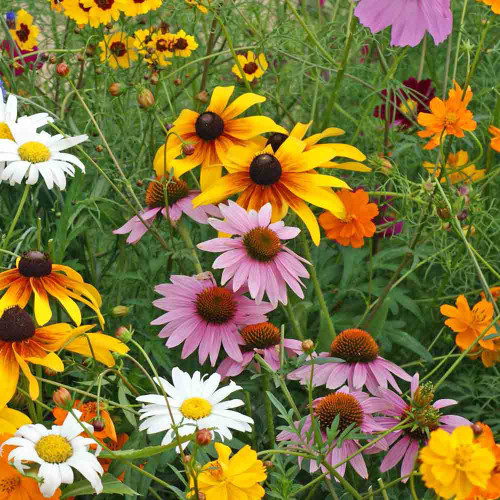Description
Culantro - Perennial Coriander
Also called long coriander or Mexican coriander in English and samat, cilantro habanero, cilantro ancho, cilantro cimarron, alcapate, or recao in Spanish, it is often mistaken for its close relative Cilantro or coriander, the dried cilantro seeds.
Detail
Culantro is a biennial herb grown as an annual that is indigenous to the American tropics and West Indies. The plant thrives best in well irrigated shaded conditions. Shaded areas produce larger and greener leaves with a better appearance and higher pungent aroma. Like its close relative cilantro, culantro tends to bolt and flower profusely under hot long days of summer months. The appearance of culantro and cilantro are different but the leaf aromas are similar, although culantro is more pungent. The leaves are 1/2 to 3/4 " wide and up to 4" long.
History
It was grown near doorways because it scent repelled snakes.
Uses
Widely used in dishes throughout Latin America it is relatively unknown in the United States and the rest of the world. Culantro has long been used in the cuisines of the Far East, Latin America, and the Caribbean. The leaves are widely used as a seasoning in the preparation of vegetable and meat dishes, chutneys, preserves, sauces, and snacks. Unlike cilantro, it dries well, retaining good color and flavor. Rich in calcium, iron, carotene, and riboflavin, its leaves are widely used as a seasoning in the preparation of vegetable and meat dishes, chutneys, preserves, sauces, and snacks. An excellent source of vitamin A, B2, B1, and C.
Its medicinal value include use as a tea for flu, diabetes, constipation, and fevers.
Growing Tip
Culantro is easy to grow but needs attention and patience to be successful with.
The three critical conditions are warm soil - 80-85°F, seeds on the surface of the soil – never covered, and a consistently moist soil.
If you meet all three conditions, your seeds should start sprouting in 14 - 30 days.
Culantro seeds are best started in a planter that you can move, as the seeds need to start germination in a shady area away from direct sunlight. Use a good quality potting soil to plant into.
After they sprout and begin growing, you can carefully prick out and transplant the seedlings, or just let them continue growing in the planter.
To plant, scatter the seeds evenly onto the surface of the soil, covering the entire surface of the planter. The seeds need to be exposed on top of the soil – do not press them into the soil. Never cover the seeds with soil, this can significantly delay seed germination.
Spray a fine mist on top of the soil and seeds, starting at one end and going to the other end of the planter. Repeat this process until the soil is good and moist, but not soaking wet. You should not see water dripping from the bottom of the planter!
Once or twice a day, spray a fine mist to maintain the soil moisture for 3 - 4 months. Never pour water onto the soil, as it will disturb and bury the seeds, interrupting the germination process.
The soil needs to be 80 - 85°F and the seeds will take anywhere from 14 - 30 days to germinate and begin growing.
Once the seeds germinate, keep misting to maintain the soil moisture levels. Once the leaves start filling in and shading the soil, you can reduce misting to once a day, depending on how dry the climate is where you live.
The culantro leaves will be ready to harvest starting at the 90 day or three month mark.
Learn More
From the soil to the seed to the food you eat - we'll help you grow your best garden!















